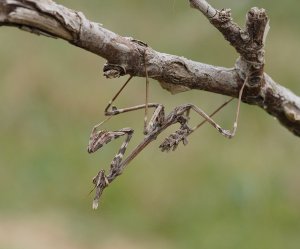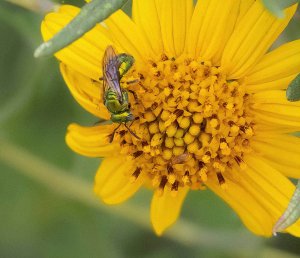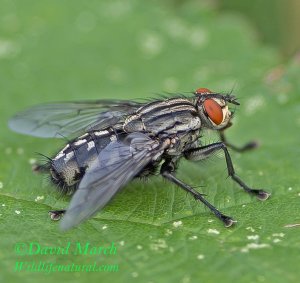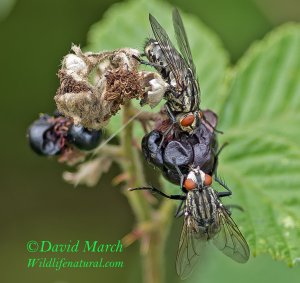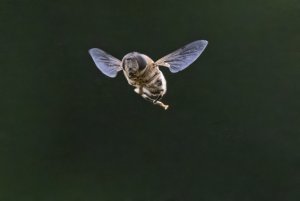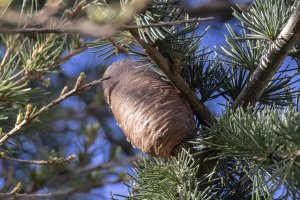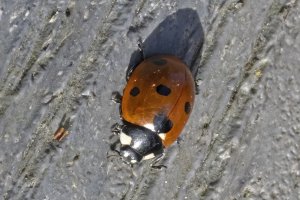-
Welcome to BirdForum, the internet's largest birding community with thousands of members from all over the world. The forums are dedicated to wild birds, birding, binoculars and equipment and all that goes with it.
Please register for an account to take part in the discussions in the forum, post your pictures in the gallery and more.
Flesh Flies (Sarcophaga carnaria)
- Habitat
- Various habitats are favoured where carrion is present, the adults also feed on fluids from animal bodies, nectar, decaying vegetable matter, sweet foods, fluids from animal waste and various organic materials.
- Location
- Suffolk
- Date taken
- August 2017
- Scientific name
- Sarcophaga carnaria
- Equipment used
- Nikon




